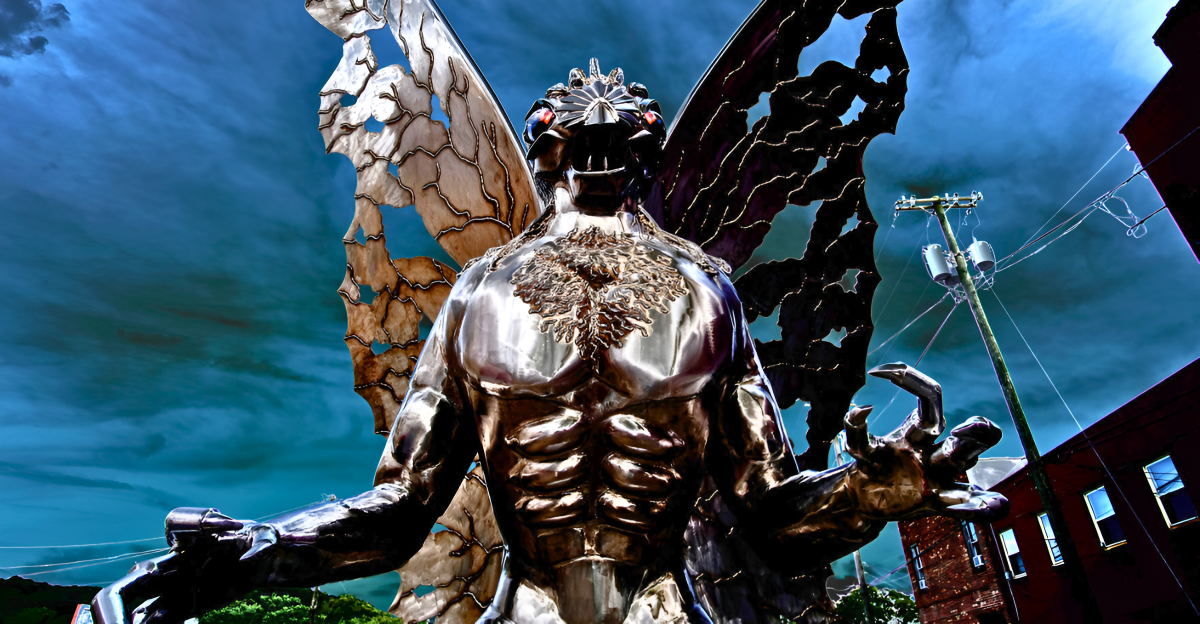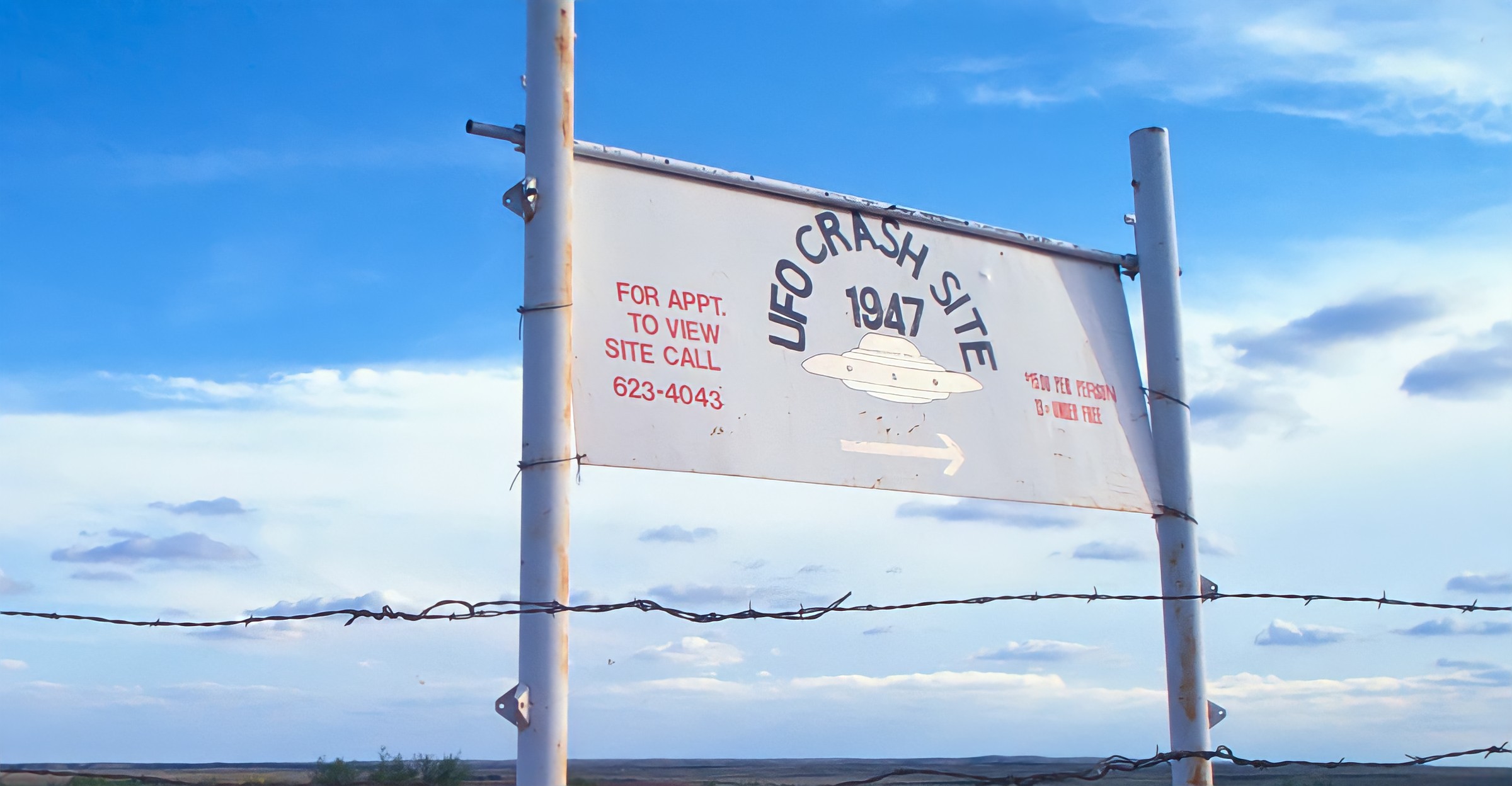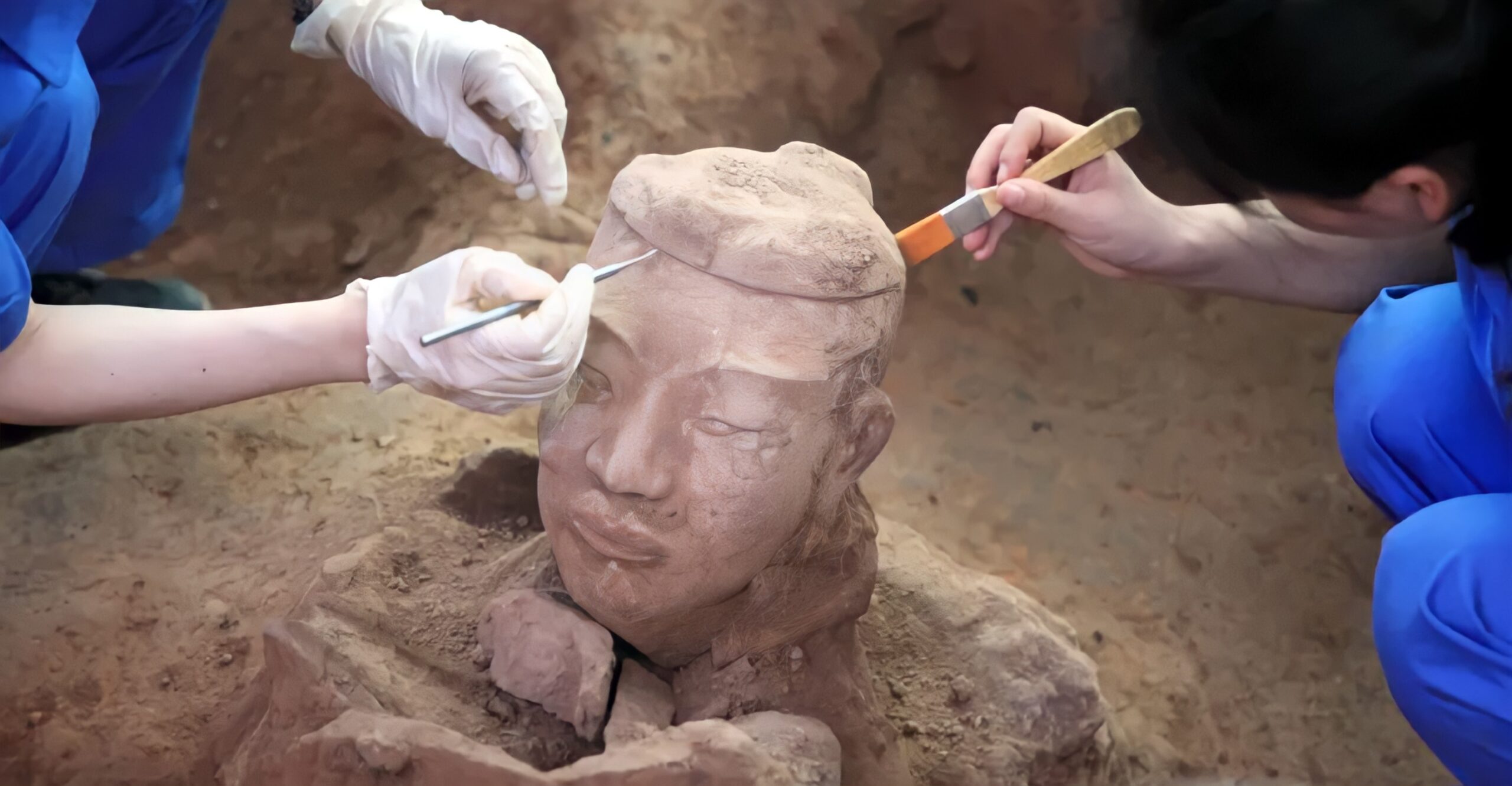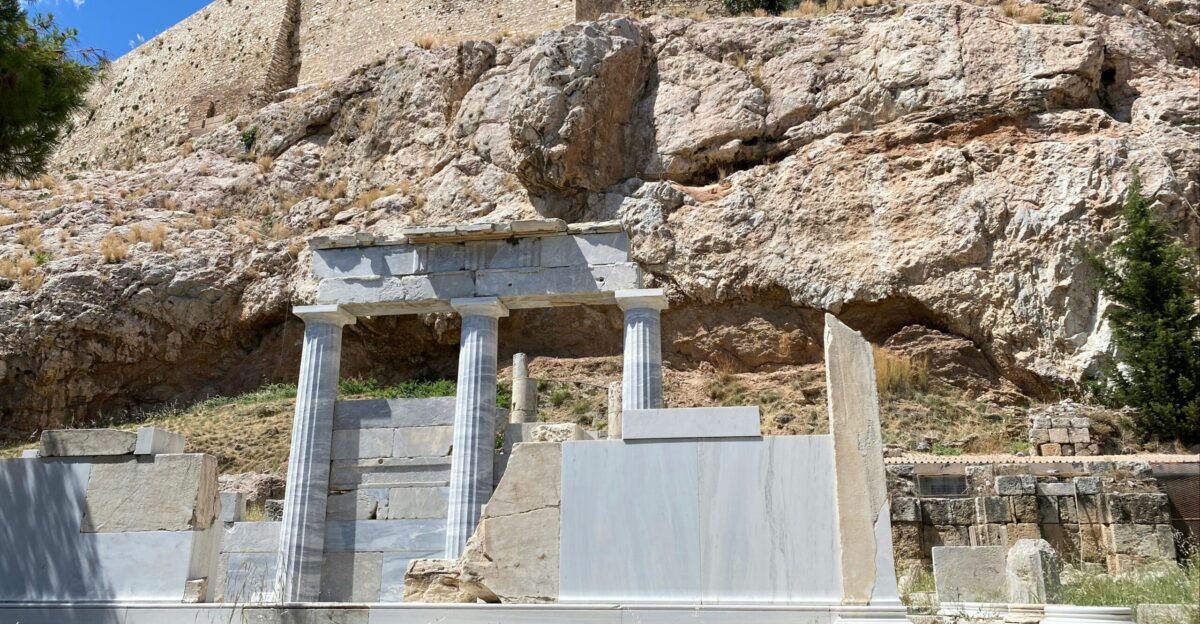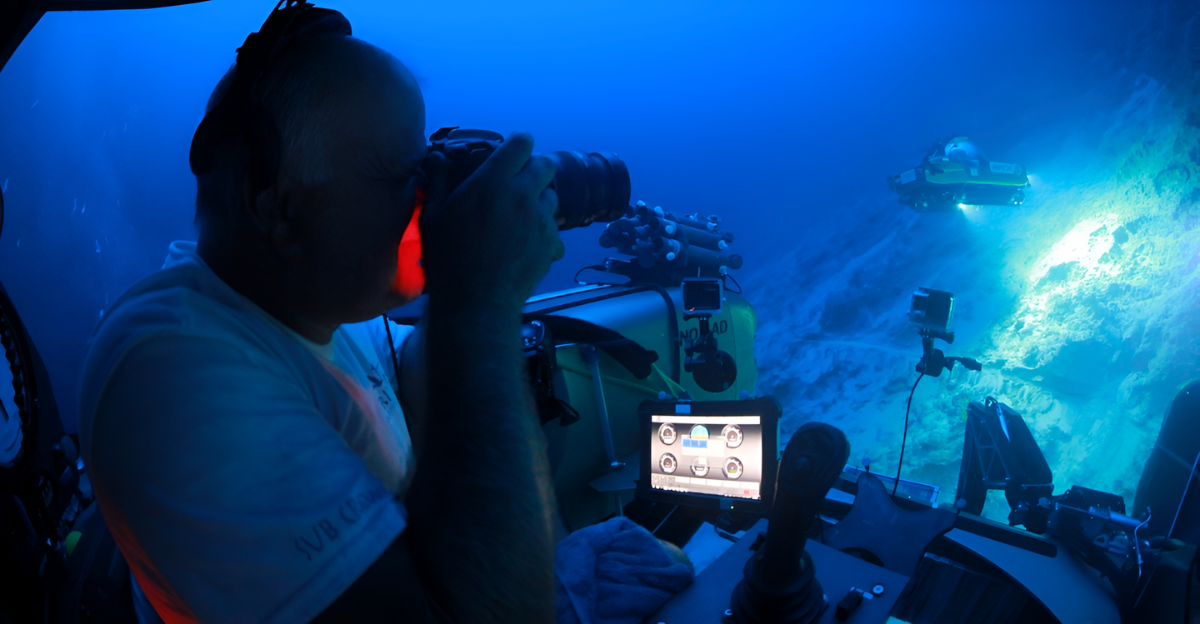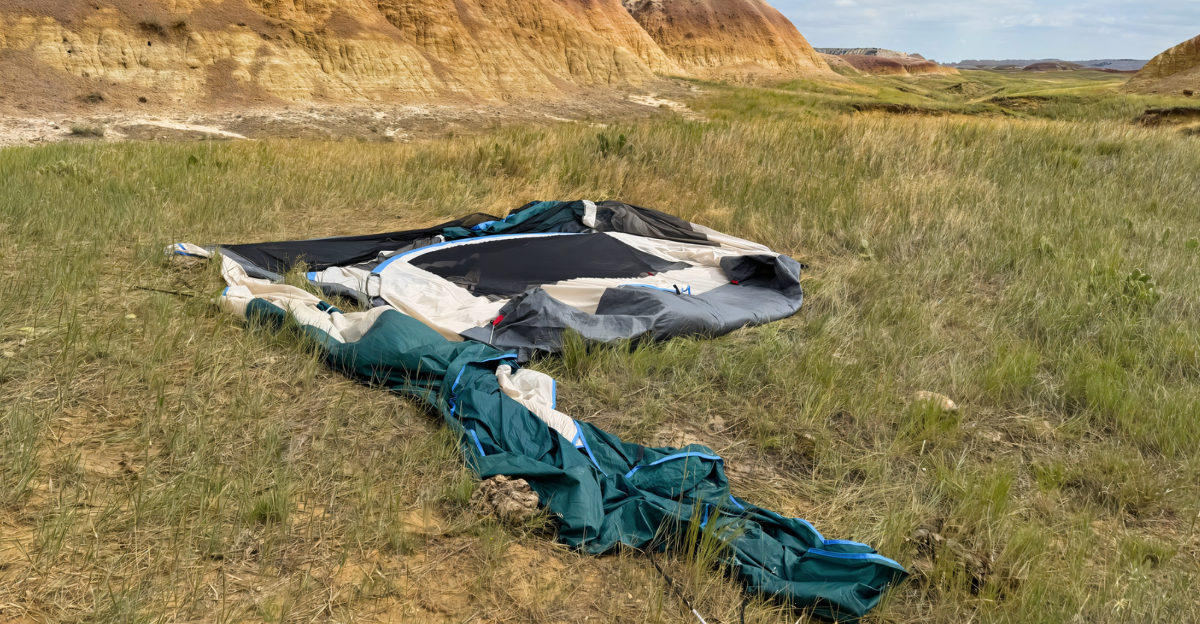
The number of secrets hidden in a military base is beyond comprehension, but this military base took things to a whole different level. Four perfectly aligned volcanoes were recently discovered on Simushir Island, one of which has been linked to a climate-altering eruption nearly two centuries ago.
This nuclear submarine outpost was hidden so well that an eruption in 1831 was never traced back to the island until now. A massive eruption from the Zavaritski volcano triggered a dramatic drop in global temperatures, cooling the Northern Hemisphere and painting skies in eerie hues.
The Island’s Strategic and Volcanic Legacy

This island forms part of the Kuril Islands chain in the North Pacific, a territory long contested between Russia and Japan. During the Cold War, it became a strategic haven for Soviet military operations. Its remote geography and natural volcanic harbor allowed the Soviets to establish a secret nuclear submarine base hidden within a flooded caldera.
This island didn’t serve as a military base alone. It profoundly impacted climate and some geological secrets. The Zavaritskii volcano, one of four major volcanic peaks on Simushir, was recently identified as the source of the catastrophic 1831 eruption that triggered global cooling, widespread crop failures, and famine across continents.
The Four Giants: Milna, Zavaritski, Prevo, and Uratman

This island is jam-packed with remarkable features, the first being the notably straight line in which these volcanos are located. Milna, the tallest at 5,050 feet, anchors the island’s southern end and last erupted in 1914. Zavaritski, centrally located, is now infamous as the source of the catastrophic 1831 eruption that triggered global cooling.
Prevo, at 4,460 feet, last erupted in 1825 and sits between Zavaritski and Uratman. Uratman, the northernmost and smallest of the four, at 2,224 feet, has been dormant for at least 12,000 years. Its ancient caldera now forms the natural harbor of Brouton Bay.
A Cold War Curtain Over Scientific Inquiry

Simushir Island’s volcanic mysteries were locked away behind the impenetrable curtain of Cold War secrecy for decades. As a restricted Soviet submarine base, the island was off-limits to outsiders, making it impossible for researchers to understand their relevance.
No research teams or monitoring equipment were permitted to approach the island, and its volatile peaks remained unstudied and unmonitored throughout the height of the Cold War. Researchers gained access only after the military’s withdrawal in the 1990s, finally allowing them to deploy satellite technology and advanced geochemical analysis.
The 1831 Eruption

When Zavaritskii erupted, it expelled an immense volume of sulfur dioxide into the stratosphere, creating a veil that reflected sunlight and dramatically cooling the Northern Hemisphere by about 33 degrees Fahrenheit. This sudden temperature drop triggered widespread agricultural failures and catastrophic famines across continents, including India, Japan, and Europe, as crops withered under unseasonably cold and dreary conditions.
For nearly 200 years, the source of this climatic upheaval remained a mystery until researchers matched ash and sulfur deposits in polar ice cores to the Zavaritskii volcano, finally solving the puzzle of the “mystery eruption.”
How the Mystery Was Solved

A breakthrough came in late 2024 when a team led by volcanologist William Hutchison matched volcanic ash from Greenland ice cores to the unique geochemical signature of Zavaritski’s 1831 eruption. These clues pointed unambiguously to the Kuril Islands, but the exact source remained unknown until scientists compared the ice core ash with samples from Zavaritskii’s caldera. The match was so precise that lead researcher William Hutchison described it as a “perfect fingerprint.”
“The moment in the lab when we analyzed the two ashes together, one from the volcano and one from the ice core, was a genuine eureka moment. I couldn’t believe the numbers were identical. After this, I spent a lot of time delving into the age and size of the eruption in Kuril records to truly convince myself that the match was real.” said Dr Will Hutchison from the School of Earth and Environmental Science at the University of St Andrews.
The Science Behind the Cooling

The dramatic cooling triggered by the 1831 eruption was due to the immense release of sulfur dioxide (SO₂) into the stratosphere. When a volcano erupts with such force, it injects sulfur gases high above the weather systems, rapidly reacting with water vapor to form tiny droplets of sulfuric acid known as aerosols.
These aerosols spread across the globe, forming a thin but highly reflective layer that scatters incoming sunlight back into space. This cooling persisted for several years, disrupting weather patterns, shortening growing seasons, and causing widespread hardship.
The Technology Used to Solve a Mystery

Only in recent years have scientists developed the ability to extract and analyze microscopic ash shards from polar ice cores, allowing for highly detailed chemical fingerprinting. “Only recently have we developed the ability to extract microscopic ash shards from polar ice cores and conduct detailed chemical analyses. These shards are incredibly minute, roughly one-tenth the diameter of a human hair,” explained Dr Hutchison.
“We analyzed the chemistry of the ice at a very high temporal resolution. This allowed us to pinpoint the precise timing of the eruption to spring-summer 1831, confirm that it was highly explosive, and then extract the tiny shards of ash. Finding the match took a long time and required extensive collaboration with colleagues from Japan and Russia, who sent us samples collected from these remote volcanoes decades ago.”
Geopolitical Tensions and Ongoing Research

For as long as time can tell, the Kuril Islands have been a sensitive topic between Russia and Japan. Both nations assert sovereignty over the territory. Russia maintains control as part of Sakhalin Oblast, and Japan insists the islands are rightfully theirs.
This unresolved dispute complicates international collaboration, as joint economic and scientific projects have been repeatedly stalled or frozen, especially following Russia’s withdrawal from peace treaty talks and increased military activity in the region.
Monitoring a Volatile Region

Researchers believe that these volcanoes share a magma channel, which means that if one of them erupts, it could cause a domino effect and cause all of them to erupt. Real-time ground-based monitoring is extremely limited. As of 2008, only one Kuril volcano, Alaid on Atlasova Islan, was equipped with a real-time seismic station, while other islands rely on time-delayed seismic data and occasional ground observations.

